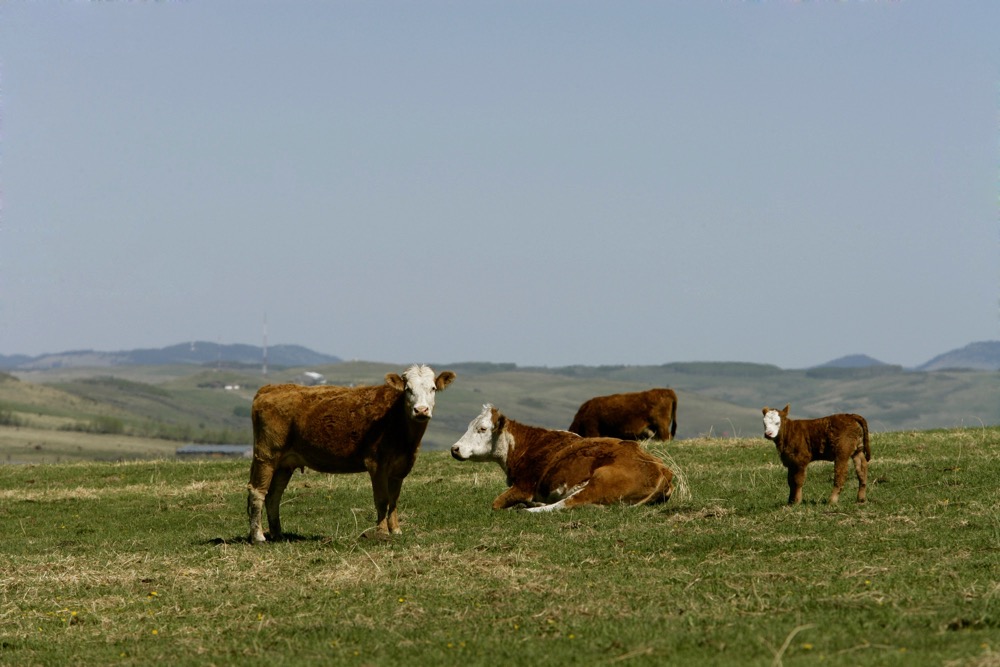Beef cow, replacement heifer numbers suggest producers aren’t ready to grow herds: FCC

Canada’s beef cow and replacement herd was at its smallest since 1987 at the beginning of July, and FCC analysis suggests 2025 may not be the year for herd growth.
Total inventory decreased by two per cent year-over-year, wrote FCC senior economists Justin Shepherd and Leigh Anderson on Sept. 11.
Heifers intended for beef replacement increased by one per cent while mature beef cows declined by two per cent.
“Given that both groups contribute to future calf productions, this indicates 2025 may not yet be the year for herd growth,” they wrote.
Read Also


Klassen: Discounts start to appear in the feeder market
For the week ending September 14, Western Canadian feeder cattle prices were relatively unchanged compared to seven days earlier. However, yearling quality has become quite variable resulting in a diverse price structure.
Beef cows and heifers accounted for 48 per cent of slaughter in the first six months of the year —the largest percentage since 2012. The ratio of heifers placed on feed has declined compared to 2023, “but it is too early to call it a trend,” Shepherd and Anderson wrote.
Cattle prices have trended significantly above the five-year average with cow-calf producers seeing the largest gains.
“High calf and cow prices could be fueling small operations to exit at an opportune time, and while larger operations will take up some of the herd, the data yet does not signal that producers in aggregate are ready to grow,” Shepherd and Anderson wrote.
With fewer animals in production, processing plants are relying on heavier cattle. In the first six months of the year, Canadian federally-inspected carcass weights rose six per cent —averaging 963 lbs, which is 100 lbs heavier than a decade ago, FCC said.
This means that Canadian plants produce five per cent more beef per year than in 2000 while slaughtering ten per cent fewer cattle.
Source: Farmtario.com

